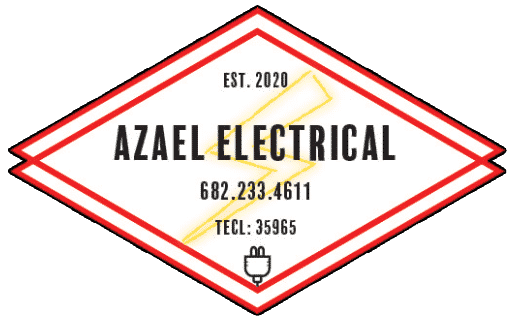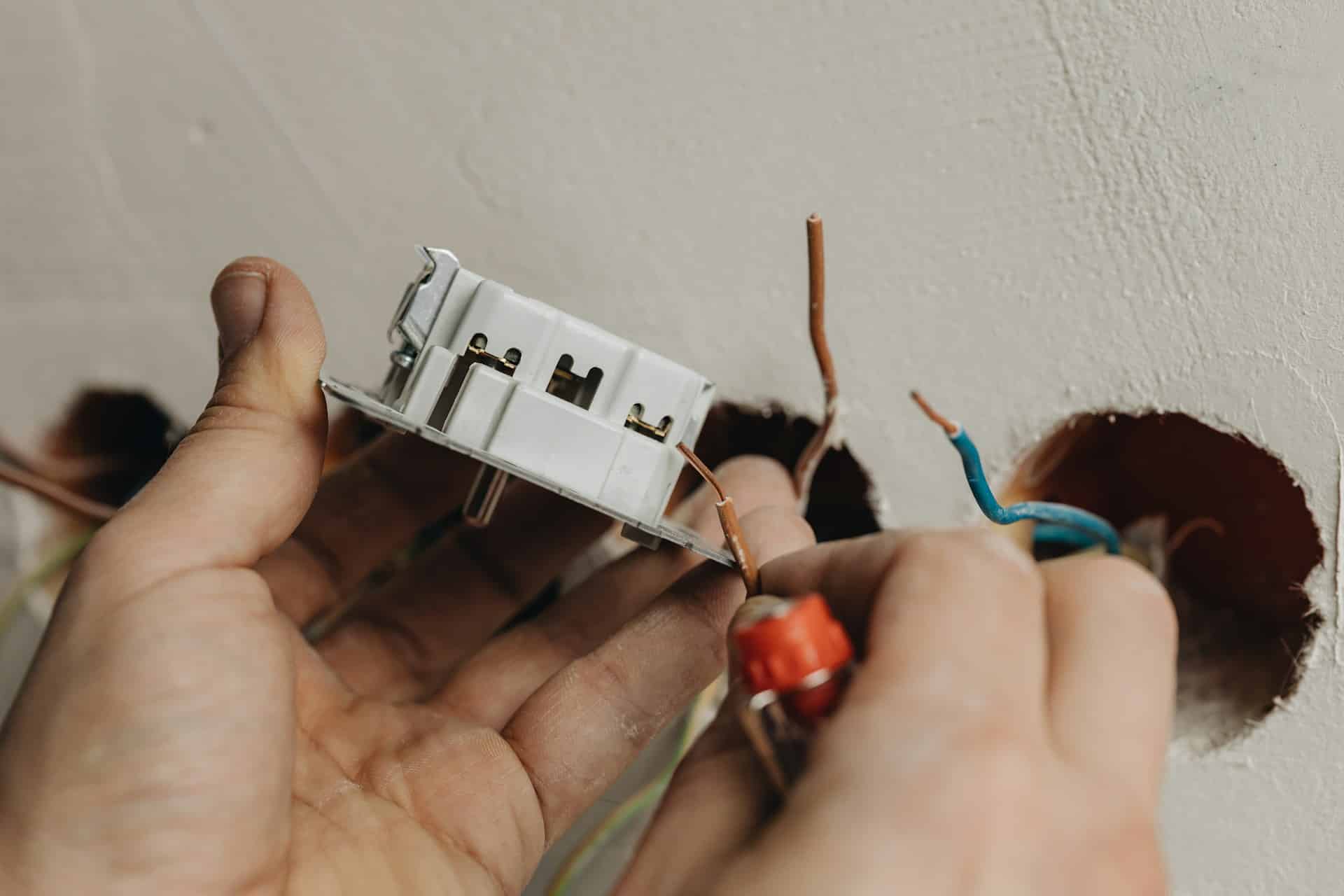Dealing with electrical problems at home can be frustrating and sometimes even scary. Flickering lights, tripped circuit breakers, and non-working outlets can disrupt your daily life. These issues can also pose safety risks, such as electrical shocks or fires. Knowing the causes and fixes for these common problems can help you maintain a safer and more reliable electrical system in your home.
Flickering lights are one of the most noticeable electrical issues. This can happen for various reasons, from loose connections to overloaded circuits. Frequent circuit breaker trips are another common problem that can leave you in the dark. Understanding why this happens can help you prevent it in the future. Electrical outlets that don’t work are not just inconvenient—they can indicate bigger issues with your wiring. Learning some basic troubleshooting tips can save you time and stress.
Finally, overloaded circuits are a major cause behind many of these problems. Knowing how to prevent overloaded circuits can help you avoid most electrical issues. In the sections that follow, we’ll explore each of these problems in detail and offer practical solutions to keep your home’s electrical system running smoothly.
Flickering Lights: Causes and Fixes
Flickering lights can be annoying and may indicate a bigger issue with your electrical system. Understanding the causes can help you fix the problem quickly:
- Loose Bulbs: Sometimes, the simplest answer is the correct one. Check if the bulbs are tightly screwed in. Loose bulbs can cause flickering because they fail to create a proper electrical connection.
- Faulty Light Switches: Another common cause is a faulty light switch. If the switch isn’t making good contact with the bulb, it can result in flickering. Replacing the switch often solves the problem.
- Wiring Problems: Flickering can also be due to issues with wiring connections. Over time, wires can become loose, leading to inconsistent electrical flow. This can be more serious and might require a professional to fix safely.
- Overloaded Circuits: If your lights flicker when you turn on other appliances, an overloaded circuit might be the issue. This means too many devices are drawing power from the same circuit. Redistributing electrical loads can help alleviate this.
- Voltage Fluctuations: Sometimes, voltage changes from the power company can cause flickering. These are harder to fix on your own but are worth noting if all else fails.
Checking these common causes should help you identify and fix the issue. If the problem persists, it may be time to call a professional to ensure everything is safe and secure.
Frequent Circuit Breaker Trips: What You Need to Know
Frequent circuit breaker trips can be a major inconvenience and cause for concern. Here are some common reasons and solutions to this problem:
- Overloaded Circuits: The most common reason for a circuit breaker to trip is an overloaded circuit. When too many devices are plugged in and running simultaneously, the circuit draws more electricity than it can handle, causing the breaker to trip. Distributing your devices across different circuits can help resolve this.
- Short Circuits: A short circuit happens when a hot wire touches either a neutral or another hot wire. This causes a large amount of current to flow, tripping the breaker. Identifying and fixing short circuits can be complex and may require professional help.
- Ground Faults: Similar to a short circuit, a ground fault occurs when a hot wire touches a ground wire or metal wall box. This is dangerous and can cause electrical shocks. It’s important to trace the source and fix it immediately, often with the help of an electrician.
- Faulty Appliances: Sometimes, the issue may not be with your electrical system but with an appliance. Faulty appliances can draw excessive current, causing the breaker to trip. Unplugging and testing each appliance can help identify the culprit.
- Aging Breakers: Circuit breakers do wear out over time. If you live in an older home and have ruled out other issues, the breaker itself might need to be replaced. Upgrading to a new breaker can resolve persistent tripping problems.
Understanding these common causes and solutions can help you manage and prevent frequent circuit breaker trips. If you are unable to fix the issue yourself, it’s best to consult a professional to ensure your home’s electrical system remains safe.
Electrical Outlets Not Working: Troubleshooting Tips
Non-working electrical outlets can be quite frustrating, especially if you rely on them for essential devices. Here are some troubleshooting tips to get your outlets up and running again:
- Check Other Outlets: First, see if other outlets nearby are working. If multiple outlets are out, it could indicate a larger issue with your electrical system, such as a tripped breaker.
- Test Outlet with a Different Device: Sometimes the device, not the outlet, is the issue. Plug in another device, like a lamp or phone charger, to see if the outlet works.
- Inspect the Circuit Breaker: If an outlet isn’t working, check your circuit breaker panel. A tripped breaker is a common cause of dead outlets. Flip the appropriate breaker off and then on again to reset it.
- GFCI Outlets: If the outlet in question is a GFCI (Ground Fault Circuit Interrupter), it may have tripped. These outlets often have a reset button in the middle. Press the reset button to restore power.
- Look for Loose Wiring: Sometimes, the wires connected to the outlet can become loose. If you’re comfortable, you can turn off the power and check the wiring yourself. Secure any loose wires to restore a solid connection.
- Inspect for Burn Marks or Damage: Look for signs of burns or damage on or around the outlet. This can indicate a larger electrical problem that may require professional help.
If these steps don’t resolve the issue, it’s best to call an electrician. They have the experience to diagnose and fix more complex electrical problems safely.
Overloaded Circuits: Prevention and Solutions
Overloaded circuits are a common cause of many electrical problems, including flickering lights and tripped breakers. Preventing and addressing overloaded circuits can help you avoid these issues:
- Distribute Electrical Load: Spread out your electrical devices across different circuits. Avoid plugging too many high-wattage appliances into a single circuit. Using multiple outlets can help distribute the electrical load more evenly.
- Use Surge Protectors: Surge protectors not only protect your devices but also help manage the electrical load. Plug your electronics into surge protectors instead of directly into wall outlets.
- Upgrade Your Electrical System: Older homes may have outdated electrical systems that can’t handle modern electrical loads. Upgrading your wiring, circuit breakers, and outlets can help prevent overloads.
- Unplug Devices When Not in Use: Make it a habit to unplug appliances and gadgets when you’re not using them. This can help reduce the overall load on your circuits.
- Avoid Daisy-Chaining Power Strips: Plugging multiple power strips into each other can easily overload a circuit. Use a single power strip per outlet and ensure it isn’t overloaded.
- Hire a Professional for an Electrical Audit: An electrical audit can identify potential issues before they become problems. An electrician will inspect your system and recommend any necessary upgrades or changes to keep your circuits from overloading.
By following these tips, you can keep your electrical system running smoothly and prevent the headaches that come with overloaded circuits.
Conclusion
Dealing with common home electrical problems can be a daunting task, but understanding their causes and solutions can make a big difference. From flickering lights to tripped circuit breakers and non-working outlets, knowing what to look for and how to address these issues can help keep your home safe and functional. It’s also crucial to prevent overloaded circuits, as they are often the root cause of many electrical problems.
Maintaining a safe and reliable electrical system is important for your home’s overall safety. Regularly check your outlets, distribute electrical loads wisely, and don’t hesitate to seek professional help for more complex issues. Keeping your electrical systems in check ensures that you can enjoy a comfortable and worry-free living environment.
For expert advice and professional electrical services, contact Azael Electrical. Our experienced team can help you with all your electrical needs, ensuring your home remains safe and powered. Reach out to Azael Electrical today and let our electrician services help you solve your electrical problems!

